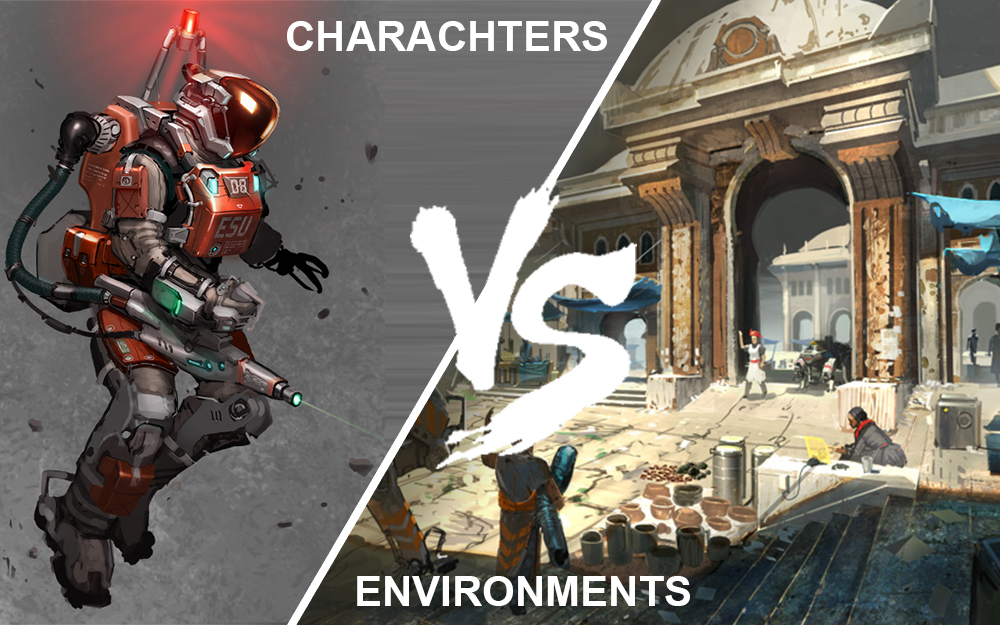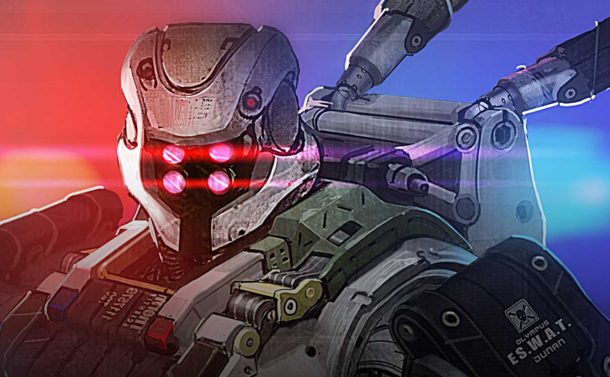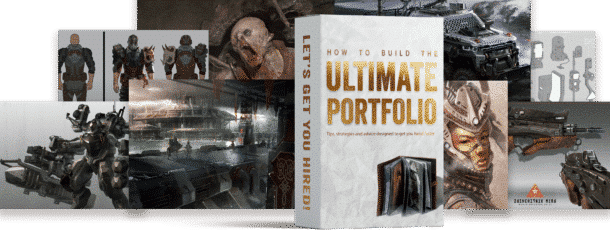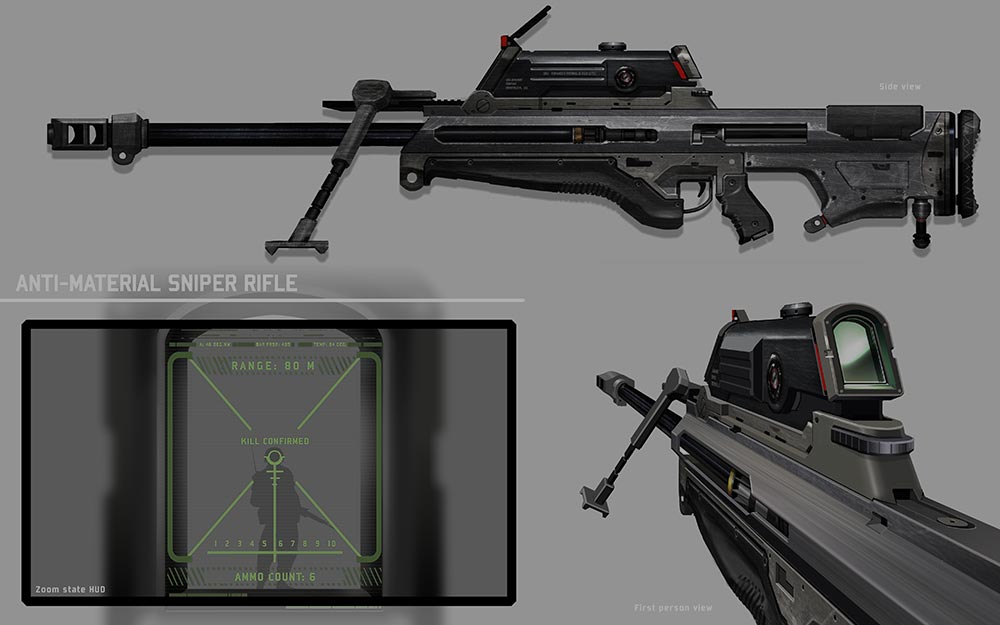
by Eliott Lilly | Nov 11, 2015 | Questions
Question submitted by Jeff V.
I HAVE JUST RECENTLY GOTTEN A JOB IN THE VIDEO GAME INDUSTRY AS A QA TESTER. SO FAR IT’S BEEN AN EXCITING EXPERIENCE AND I WAS PLACED ON A AAA TITLE FOR MY FIRST TESTING PROJECT EVER. PRETTY COOL, BUT THIS IS NOT WHAT I HAD PLANNED FOR MY POST-COLLEGE JOB. I WAS JUST CURIOUS IF YOU HAD ANY ADVICE ON WHAT STEPS AN ARTIST CAN TAKE TO TRANSITION FROM A QA TESTER TO CONCEPT ARTIST WITHIN THE VIDEO GAME INDUSTRY? I BELIEVE I HAVE AN AWESOME OPPORTUNITY PLACED IN FRONT OF ME AND I’D LIKE TO TAKE ADVANTAGE OF HAVING A FOOT IN THE DOOR.
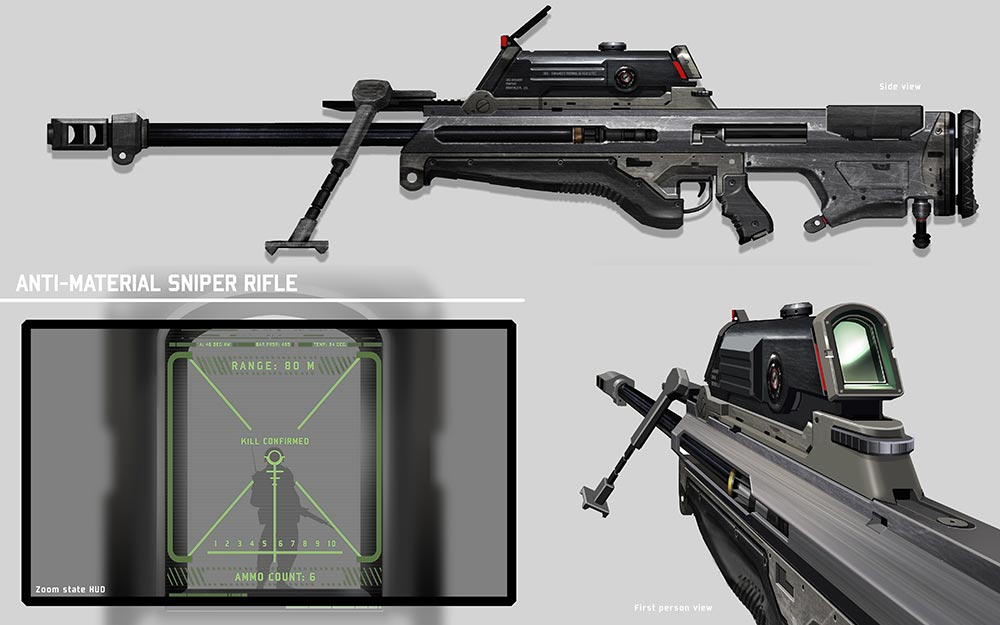
Hey Jeff; You are in a very unique position where you can interact with professionals in your field of interest. If you wanted to transition from a QA Tester to Concept artist, then I would suggest you do the following:
First: get to know the concept artists on the team.
On your own time, you should do some research on each concept artist who works at the studio
- Look up their portfolios, familiarize yourself with their artwork/ style/ interest’s, etc
- Find out their education background, etc.
- Find out their job history
Second: Interview them (In a casual and friendly way)
Take them out to lunch and pick their brain (one, or all of them… and YES, you have to pay for it. Consider it an investment in your future). Now that you are knowledgeable of who they are, you can be sure to ask them the RIGHT questions.
In addition to your own, be sure to ask these questions:
- “If I wanted to do what you do, what do I need in my portfolio?”
- If they have worked at a studio you want to work at, then ask: “What will my portfolio need to have in it to be attractive to a particular studio?”
Finally: Explain your situation
Bring examples of your work to the lunch so you can show it to them. During your conversation with them, explain your desires and goals, and then ask for their advice and feedback. Be sure to ask:
- “If you were in my predicament, what would you do?”
- “What is the first thing you think I should do next?”
- Ask if you can show them your work from time to time.
The point of all this is to establish a report with these artists who will hopefully be willing to nurture your ambitions. If they are willing to look at your work, offer advice, or do paint-overs on your work, etc, then that will be a huuuge learning experience for you. Even standing behind them and watching them paint, will help in your learning process. Get creative here and don’t take “No” for an answer. Even if u have to buy them lunch every day for a month, it will be worth it in the long run.
Then go home and practice, practice, practice, practice! The goal is to build a new body of work that reflects your interests and aspirations. The more time you put into this goal the sooner you can start realizing your dream of becoming a professional concept artist.
If I were that artist who you interviewed, I would advise you to do the following to transition from a QA Tester to Concept artist:
First: Do your research and make sure that you want to dedicate yourself to this career path. There are other options in video game art besides concept art that you may want to explore. You can be a 3D modeler, world/ environment builder, prop artist, designer, etc. Look these careers up if you are not familiar with them.
Once you are certain that this you are on the right path, you will need to figure out your areas of interest (characters?) and your long term plans (what kind of studios you want to work for, projects you want to work on, etc.) Establish a goal. Say to yourself something like: “I want to become a senior character concept artist working at Blizzard studios on games like Warcraft.” Then, let that dream job be the target that you aspire to.
With a clear goal in mind, you will have a tangible target to aim for. You can then begin steering your new body of work in that direction. You have a very nice illustration portfolio, but not a video game portfolio. You will need to have images in there that look like they belong to a video game that (in this example) Blizzard would find appealing. The goal here is to market your skill set to a company that needs your skills.
Its time to level up.
I would purchase tutorials, instructional videos, etc. to see how the professionals make concept art. If you are up fro going back to school, then I would consider taking some online classes as well. Checkout the recommended resources page for your options.
If you keep at it, over several months, you will improve. And when your work shows that your are ready to do this professionally, hopefully you will be bale to capitalize on your relationships with the artists on your team and ask them to put in a good word for you. With a bit of luck you might get the next concept art job opening at that studio.
If anyone has their own questions, please feel free to send an email to me@eliottlillyart.com, and I will do my best to answer them. Thanks.
—
www.eliottlillyart.com
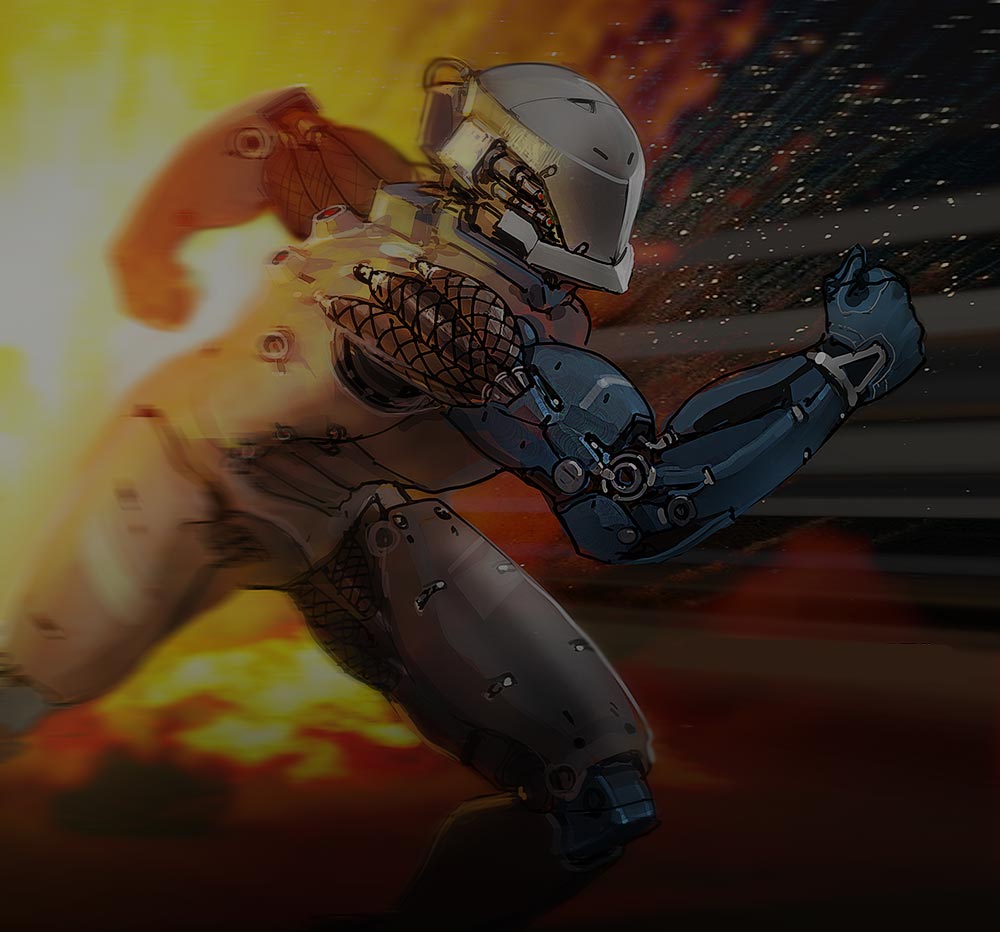
by Eliott Lilly | Nov 9, 2015 | Questions
Quesion submitted by Joe z
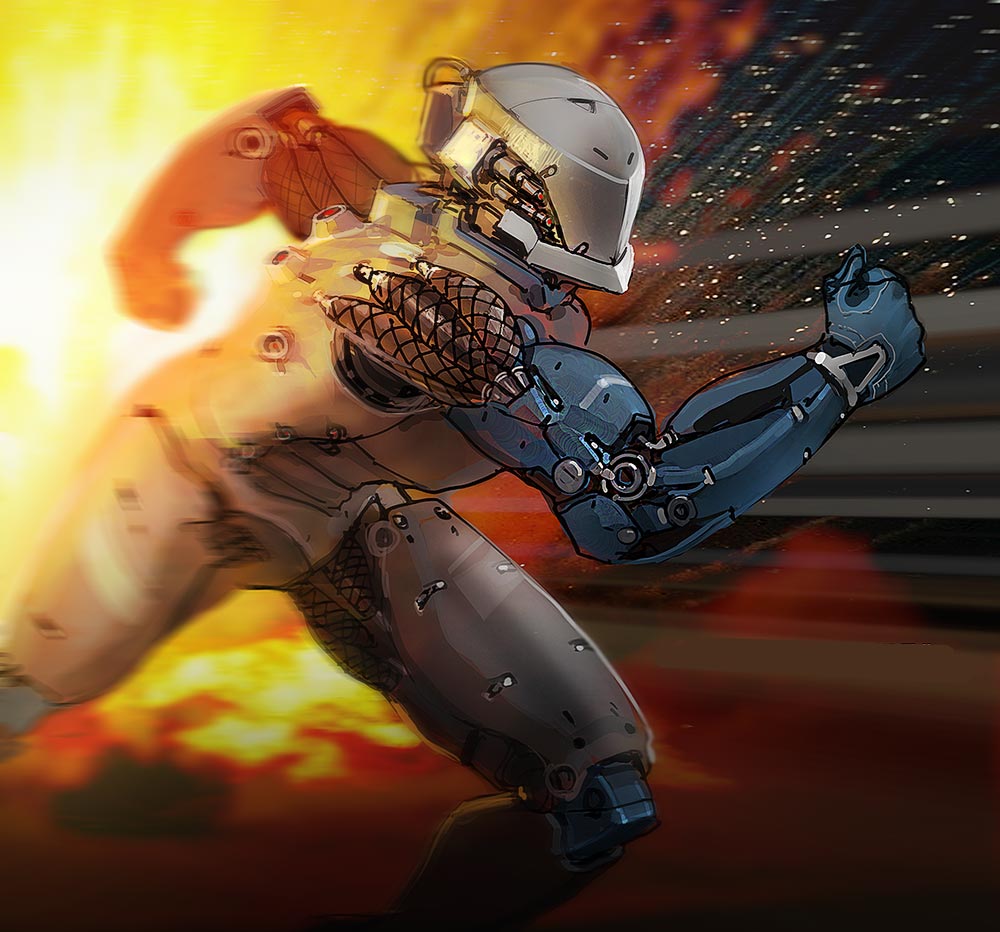
I’VE BEEN WORKING CONSISTENTLY AS A REMOTE CONTRACTOR ON A CONSOLE GAME FOR ABOUT 7 MONTHS NOW… WHAT KIND OF STEPS SHOULD I TAKE TO SECURE FUTURE EMPLOYMENT WHILE I AM CURRENTLY WORKING ON A PROJECT?
If you are working on one project, and want to secure future employment on another, then here is what you should do:
4-6 months before the project is scheduled to end:
Figure out if you are on the right career path. (Do you want to stay in this same line of work?) Figure out what other studios you might be a good fit for. Assuming you want to stay in the same area of concept art, then on your own time, create a new body of work in the same vein of what you have been doing for work. If you want to change paths (going from say environments, to characters) then you will need to create THAT body of work instead. Begin posting these online for people to see (your portfolio website, forums, galleries, etc). You will need to generate at least a handful of new solid images.
3 months before the project is scheduled to end:
Start putting out feelers to the people you are working with to gauge if they will need you past the end date, (perhaps for DLC content, or a second project). See if they would be interested in retaining your services with a long term contract for the future. If you want to light a spark under their butt, then say something like: “Hey, so-and-so wants to hire me for their next project, but I wanted to confirm with you first to make sure that you will not be needing my services past X date”.
2 months out:
Start sending your tailored portfolio out to the other studios who will need your talents. Tell your fellow concept art buddies that you are looking for work and ask if they know who is hiring. Send them the new body of work as well.
Ideally, by the time your current project ends, you will already have your second project lined up. (Unless you want a vacation in between).
I hope those steps help you plan for future employment.
-Eliott
If anyone has their own questions, please feel free to send an email to
me@eliottlillyart.com, and I will do my best to answer them. Thanks.
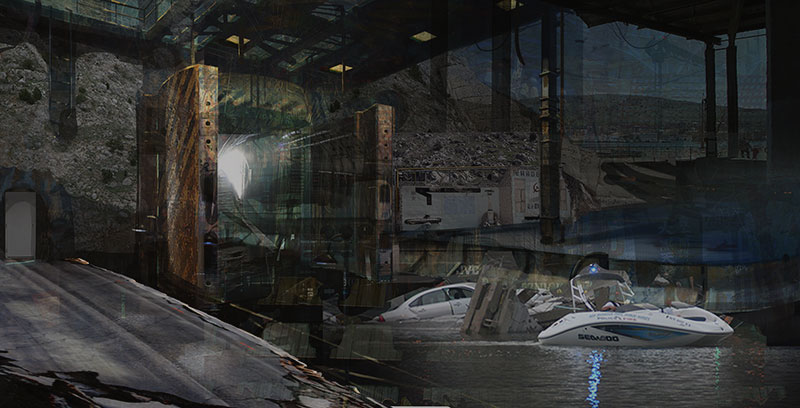
by Eliott Lilly | Oct 19, 2015 | Portfolio Advice, Questions
Question Submitted by: Sandy
FIRST OF ALL I WOULD LIKE TO SAY: ‘THANK YOU’ FOR YOUR BOOK- IT HELPED ME GAIN A GOOD INSIGHT INTO THE INDUSTRY. I’D LIKE TO KNOW IF IT’S POSITIVE OR NEGATIVE TO UPLOAD SOME PHOTOBASHED IMAGES TO MY PORTFOLIO?
Hello Sandy. I’m glad my book helped you out.
There is no right or wrong answer when dealing with photobashed images in the portfolio. It all depends on your implementation and execution of the photos in your images. If you incorporate photos successfully, (meaning your image is coherent, tells a narrative and shows off your design abilities) then it may be a positive addition to your portfolio. If however, you have used the photos poorly and the image is suffering because of it, then you may not want to include that image in your portfolio.
If you are unsure of how successful your photobashed image is, then show it to a teacher, or industry professional (you can even send it to me). Depending on the feedback, you may be able to use it as-is… or some additional modifications may be necessary.
Remember: The whole point of a portfolio is to build confidence with an unknown client by impressing them with your abilities and skills. For example, how did you build your Career in childcare? Why did you choose it? What makes you special and skilled in this industry, and if you are going to be using images, you should really be asking yourself: “Does this photobashed image represent my skill set to the fullest? Is this photobashed image accurately demonstrating my abilities as an artist?”. If the answer is “yes”, then the image will make a good addition to your portfolio. If however, your image looks like this:
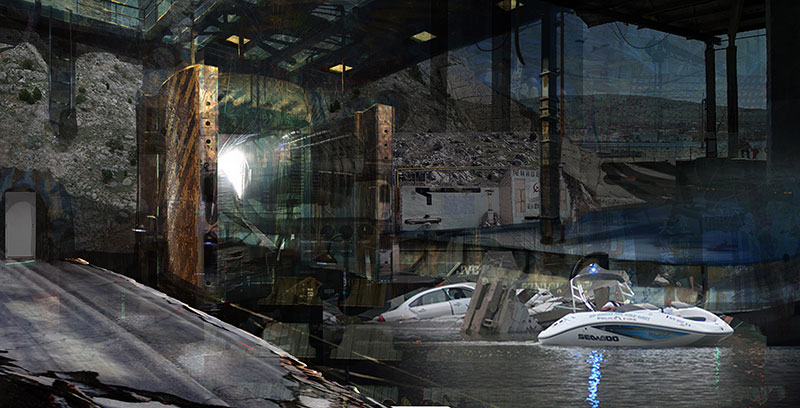
… then the answer is a “No”, and you shouldn’t include this photobashed image in your portfolio since it is hard to read and understand.
One last thing to remember: Maintain a constant level of quality throughout your portfolio.
If you don’t have other images that use a similar photo bashing technique, then the one image you do have may feel out of place. The problem there, is that it may make the other images in your portfolio seem “weaker” since they are not as realistic as the one image that uses photos.
To be safe, I would survey your entire portfolio and decide what the best move for it would be, before including the single photobashed image.
Hope that helps.
If anyone has their own questions, please feel free to send an email to me@eliottlillyart.com, and I will do my best to answer them.
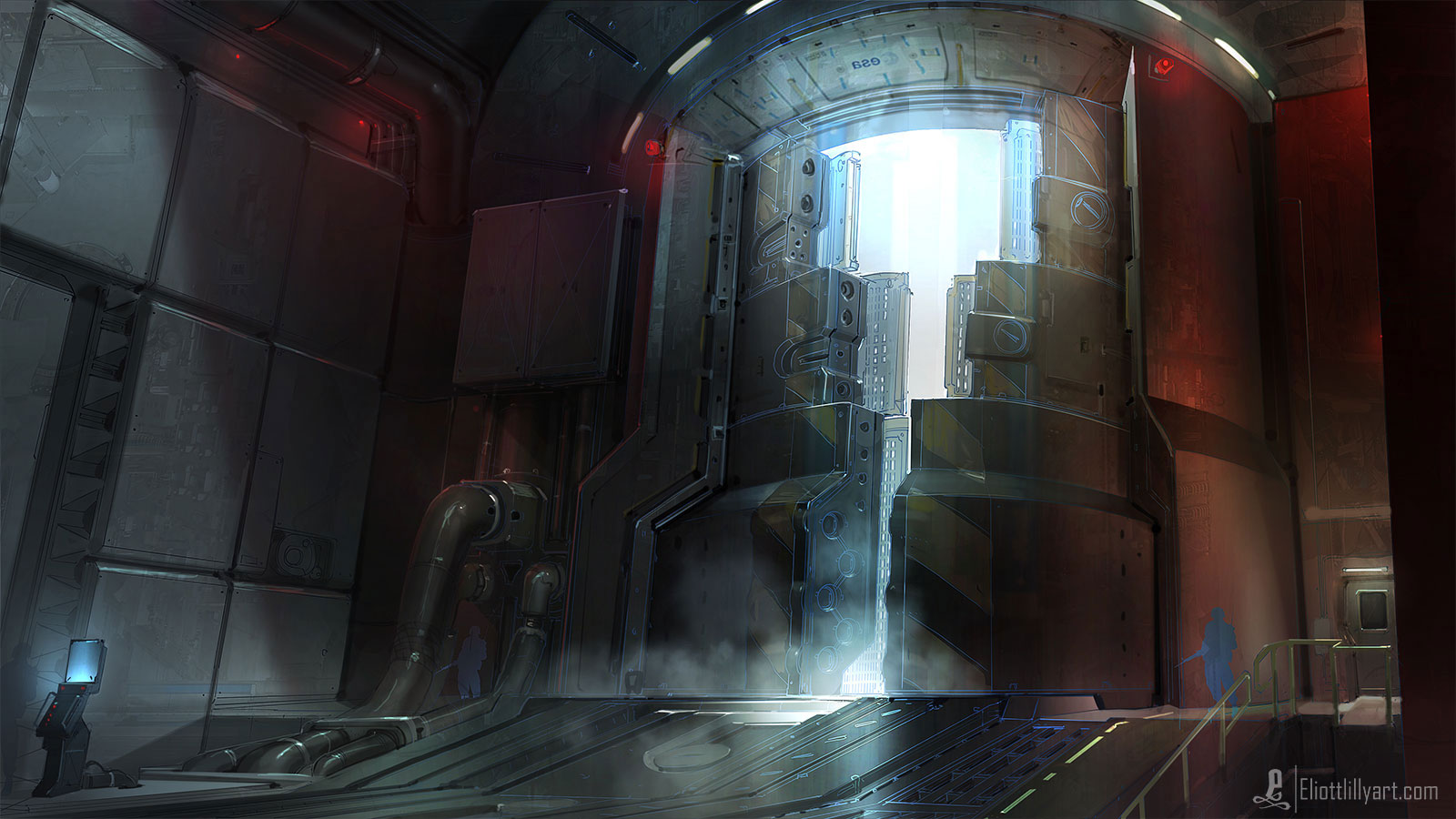
by Eliott Lilly | Oct 14, 2015 | FAQ, Questions
I’M THINKING OF DOING A GRADUATE PROGRAM OR GETTING MY MFA. DO I EVEN NEED AN MFA DEGREE? WHERE DO YOU THINK IS A STRONG PLACE THAT I CAN GO?
First ask yourself: “Why do I need an MFA?” (In this industry, no one checks for school credentials; only portfolio and job experience). If you need an MFA for the degree (Perhaps you will want to teach at a college in the future) then that’s one thing. If however you simply need more time after college to develop your portfolio, then an MFA might not be the most viable source as it may not focus on targeting your work towards a job in the industry. Instead, I would recommend attending a concept art focused school for a year or two. Either way, check out the recommended resources page for a list of reputable schools.
If anyone has their own questions, please feel free to send an email to me@eliottlillyart.com, and I will do my best to answer them.
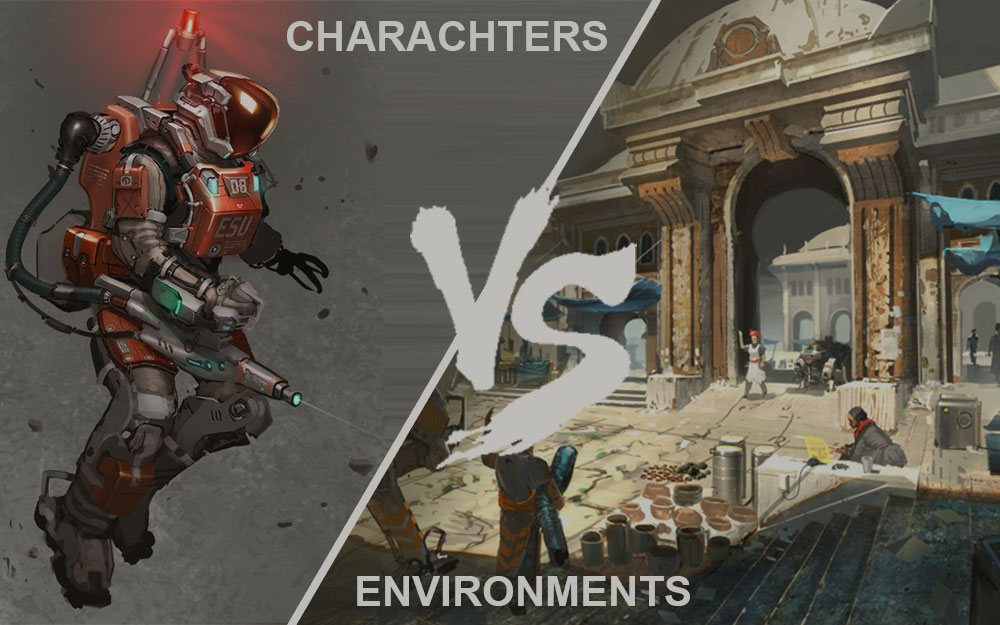
by Eliott Lilly | Oct 12, 2015 | Portfolio Advice, Questions
FIRST OF ALL I WOULD LIKE TO GIVE YOU A SPECIAL THANKS FOR THE GREAT ARTICLE ON ART STATION:
10 THINGS TO DO BEFORE YOU APPLY FOR A CONCEPT ART JOB
I REALLY ENJOYED IT AND FOUND IT VERY USEFUL. MY NAME IS HASAN SALAMAH AND I LIVE IN KUWAIT. I JUST STARTED STUDYING 3D STUDIO MAX ON MY OWN SINCE THERE ARE VERY FEW 3D SCHOOLS/ INSTITUTES WHO TEACH 3D MAX HERE. I STARTED BY DESIGNING SIMPLE CHARACTERS BECAUSE I ENJOYED IT, BUT WHAT I WANT TO ASK YOU IS: HOW CAN I DISCOVER WHAT I NEED TO STUDY IN 3D MAX? ALSO, WHAT SHOULD I STUDY IN 3D MODELING? CHARACTER OR ENVIRONMENT DESIGN OR … ETC?
THANKS.
Hey Hasan, I am glad you liked the article on ArtStation.
If you are having a hard time finding a school in Kuwait that specializes in 3D modeling, then you will have to go elsewhere to learn. While schooling can be extremely beneficial, a lot of the same information can be found online at various websites for free. Luckily the internet is your friend. Head over to my Resources Page and check out the “Schools” and “Tutorial” sections; they should get you pointed in the right direction. Just remember: self studying can be a great way to learn, but you need to remain diligent and focused in your studies, otherwise you may end up “plateauing” artistically.
While I think you should practice and learn as much as you can in all areas of 3D modeling, at some point, you will need to focus your portfolio to land a job in this industry. The good news is that you are already asking yourself the right questions such as: “What do I want to specialize in- hard surface modeling or characters?”
Everyone gravitates towards character design naturally, but the reality is that there are fewer jobs available for 3D character modelers than there are for environment modelers.
That is because in any game or movie, there may only be a handful of characters on screen, but may be 3 times more environments. That means that studios have a greater need for environment artists than character artists. As such the competition for these few character jobs is extremely high and unless your modeling skills are amazing, then you likely wont get the job. Therefore, you may want to start building your environment and props portfolio.
For a more in depth look, I suggest you check out:The Big Bad World of Concept Art For Video Games; An Insiders Guide For Students It is a guide book for students just like you and answers ALL of your questions and more. It is written for concept artists, but every word in the book holds true and is relevant for anyone who wants to be a 3d artist. Chapter 1 is an overview and describes what its like to work in the industry. Chapter 2 discusses which schools you should attend, what you should be studying and how to make the most of your education. Chapter 3 talks about the things you should be learning outside of school to cultivate your talents, and Chapter 4 discusses how to build a portfolio to get the job you want in the industry. Chapter 5 offers words of wisdom and insight from some of the leading concept artists in the industry. There’s even a recommended resources chapter in the back of the book to get you started.
I hope that helps.
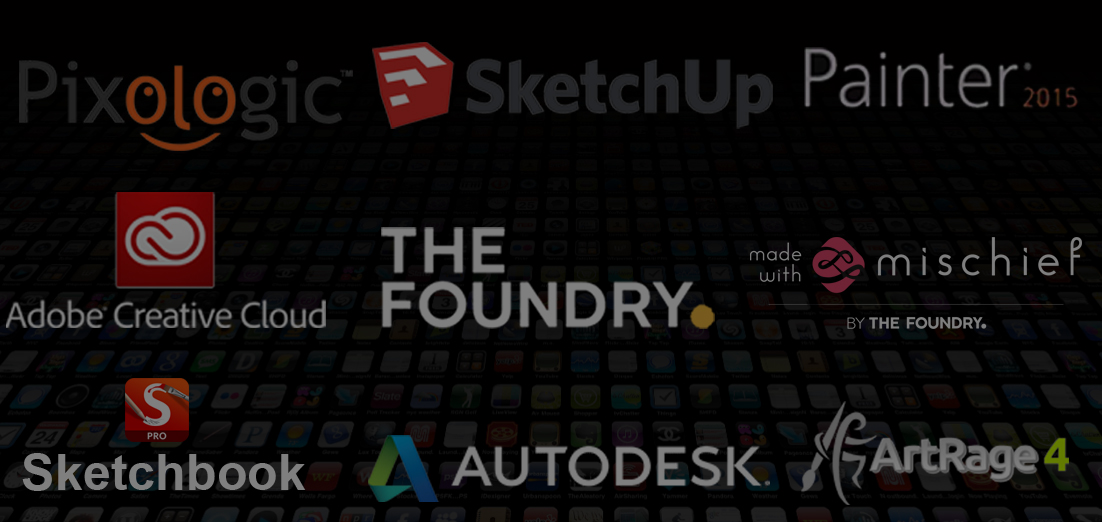
by Eliott Lilly | Oct 7, 2015 | Questions
Question submitted by Devere, W.
CAN I USE THE FREE VERSION OF GOOGLE’S SKETCH UP FOR COMMERCIAL PROJECTS? IF SO, WHICH ONE?
Hmm, I’m not sure- you’d have to check with their user guidelines. (I wouldn’t want to give you bad information. Each program and company sets their own end user agreements and guidelines. You will have to read their fine print). In the past, I’ve only used Sketchup for my personal work, I found it helpful when making environments and such, but I have since moved on to other programs. (Like Modo/ 3DS Max, etc.) It is amazing to see how you can progress from the free options to more powerful programs on the market, though.
For what its worth, I generally don’t use free software on commercial projects. Many people do, though, and there’s no shame in that. It is why sites like Fileproto.com exist, after all. Still, I personally believe that if you are making a living as a professional, then you should support the people who make your software, so they can make a living too. As such, I own licenses for the software I use commercially. If you are a student, however, you can take advantage of all kinds of free, or severely reduced cost software. For example, take a look at the free fonts on https://www.fontspace.com/commercial-fonts that are specifically designed with commercial projects in mind. You may want to check with your school, or software manufacturer directly to discover what kind of discounts you are eligible for.









